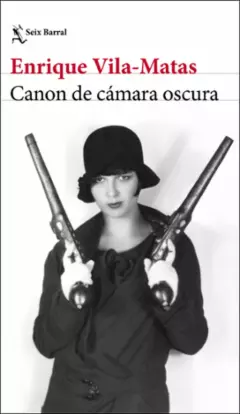Chats du musée d’Orsay


Drawn, painted or photographed, cats occupy an unequalled place in nineteenth-century art.
In 1727, Paradis de Moncrif published a History of Cats, which marked the rehabilitation of these faithful companions, who had long been demonized. Following him, the art critic Champfleury devoted another work to them in 1868, Cats: history, customs, observations, anecdotes. The book, illustrated with engraved drawings after Delacroix, Manet, Mérimée and Hokusai, was a great success.
In 1881, the black cat gave its name to the famous cabaret founded by Rodolphe Salis, located at the foot of Montmartre and decorated by Théophile-Alexandre Steinlen. It was probably a tribute to Edgar Allan Poe´s short story The Black Cat, and its translator Charles Baudelaire, a singer of cats. In the reality of a nocturnal Paris where stray cats abounded at the time, the cat, independent, rebellious, is, like the artist, the eye of the street.
An intermediary between nature and culture, the cat brings together opposites: wild and domestic, independent and cuddly, predatory and gentle, it has real, symbolic and plastic qualities that capture the attention of artists, from Édouard Manet to Maurice Denis, via Pierre Bonnard and Auguste Renoir.
By the duration of his sleep, he offers the artist a motionless model at hand. All in curves, its plasticity and linear beauty inspire the gesture of drawing.















